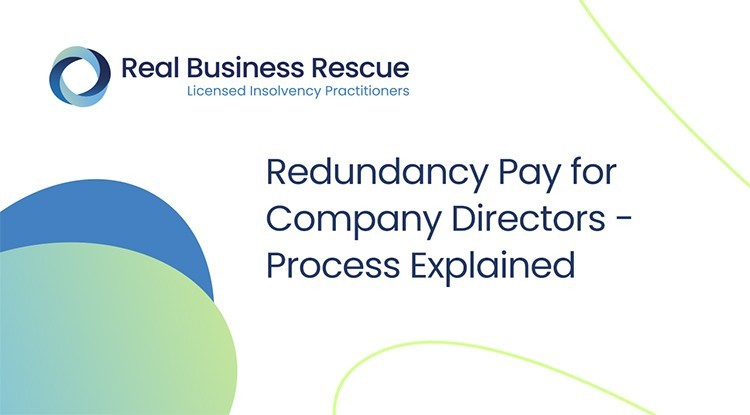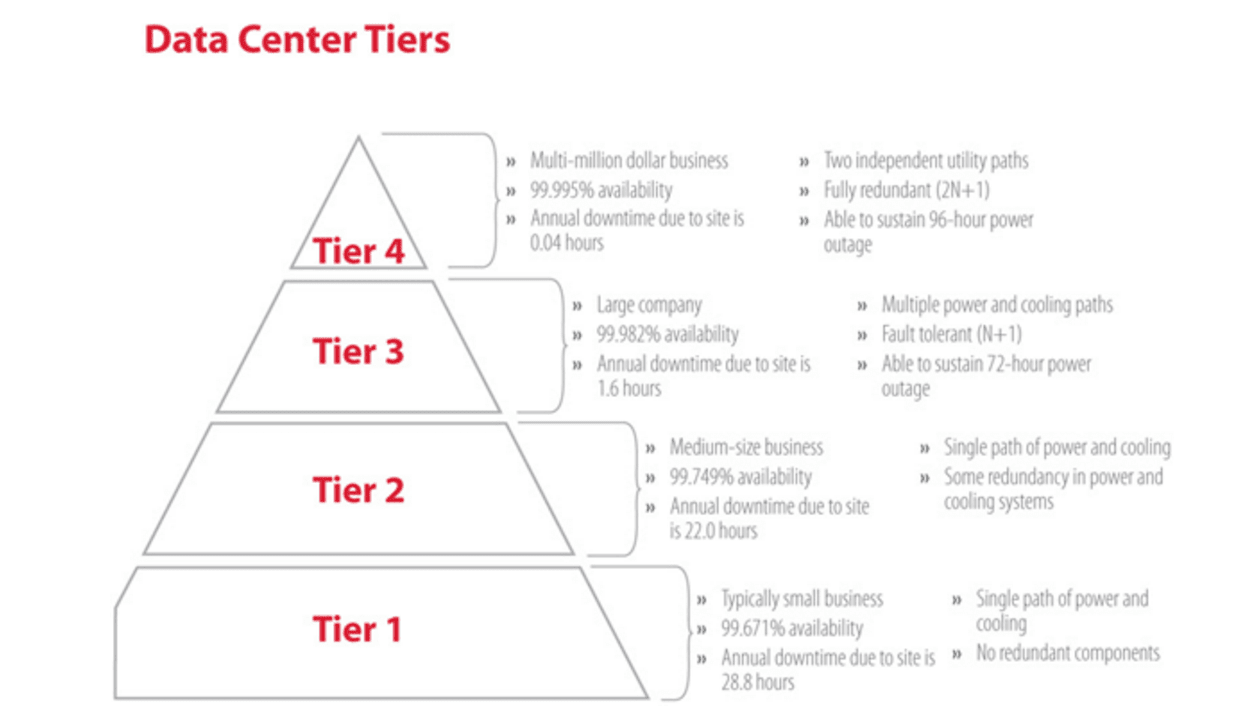What Happens to Redundancy If Company Goes Bust? A Guide to Your Rights
What Happens to Redundancy If Company Goes Bust? A Guide to Your Rights
Blog Article
Exploring the Interplay In Between Business Redundancy and Organizational Flexibility for Future Growth
In the dynamic landscape these days's service world, the detailed connection between business redundancy and organizational flexibility becomes a critical element for sustained development and success. Companies usually deal with the obstacle of striking a delicate equilibrium in between preserving a level of redundancy to alleviate risks and cultivating adaptability to react swiftly to the ever-evolving market demands. This fragile interplay holds the key to not only enduring in rough times yet also prospering in the face of unpredictability. As we explore the diverse measurements of this interplay, fascinating insights into just how companies navigate these complexities to lead the way for future growth wait for.
Importance of Company Redundancy
Company redundancy is an important component that enhances business durability and alleviates functional dangers. By including redundancy procedures within the organizational framework, firms can much better hold up against unforeseen disruptions and changes in business atmosphere. Redundancy acts as a strategic buffer, enabling firms to adjust and respond effectively to unanticipated difficulties without jeopardizing vital operations.
One key aspect of the importance of company redundancy is its function in ensuring connection throughout times of dilemma. When faced with sudden changes or emergency situations, repetitive systems, resources, or employees can tip in to preserve important functions and prevent prevalent disturbances. This continuity not only safeguards the business's credibility and customer trust fund yet likewise minimizes economic losses and operational downtime.

Strategies for Organizational Versatility

An additional vital approach is buying innovation and facilities that can sustain adaptability and scalability. Implementing digital tools, automation, and information analytics can simplify operations, improve effectiveness, and supply beneficial understandings for informed decision-making. Moreover, creating adaptable organizational structures that permit quick adjustments to market dynamics and client requirements is vital for remaining affordable in a swiftly advancing environment. By proactively recognizing prospective disruptions and opportunities, companies can proactively flourish and adjust in an ever-changing organization landscape.
Balancing Redundancy and Adaptability
Attaining an unified balance between functional redundancy and organizational adaptability is extremely important in browsing the complexities of a dynamic organization atmosphere. Redundancy within a company gives a safeguard, guaranteeing connection and stability in operations. Nevertheless, an extra of redundancy can result in inefficiencies and impede adaptability to transforming market conditions. On the various other hand, organizational adaptability allows companies to respond promptly to outside disruptions and seize brand-new chances. Striking the right equilibrium in between redundancy and versatility is a delicate procedure that needs a deep understanding of the company's goals, market dynamics, and danger resistance.
To accomplish this equilibrium, business require to carry out routine evaluations of Visit This Link their procedures to determine locations where redundancy is essential for threat reduction and where adaptability can drive development and growth. Executing versatile structures, promoting a culture of constant discovering and renovation, and urging open interaction throughout all levels of the organization are essential techniques to balance redundancy and adaptability efficiently. By aligning these two critical elements, companies can place themselves for lasting development and success in an ever-changing company landscape.
Study on Adaptation Success
In examining circumstances of effective business adaptation, it ends up being apparent that the interplay in between operational redundancy and adaptability is a specifying variable in forming durable businesses. One engaging situation research study is that of Netflix. Originally a DVD rental solution, Netflix demonstrated remarkable flexibility by transitioning right into a streaming platform when digitalization interfered with the market. By strategically spending in innovation and content production, Netflix not only flourished yet made it through in a rapidly advancing market. One more standout instance is Amazon. Starting as an online book shop, Amazon continuously adjusted its service model, broadening into varied sectors such as cloud computer and expert system. This flexibility enabled Amazon to remain ahead of rivals and satisfy transforming consumer needs. Lastly, Adobe supplies a noteworthy picture of effective adaptation. The business changed from selling software program licenses to a subscription-based model, making sure recurring profits streams and boosted customer interaction. These instance studies highlight the significance of operational redundancy combined with business flexibility in promoting long-lasting development and competitiveness.
Structure Durability for Future Development
Structure here strength for future growth calls for a calculated alignment of operational procedures with market characteristics and emerging fads. Business should adjust to altering environments by fostering a culture of adaptability, advancement, and continuous renovation.
Furthermore, cultivating strong relationships with stakeholders, such as clients, employees, distributors, and the community, is essential for weathering unpredictabilities and maintaining trust fund and support throughout turbulent times. Reliable communication and transparency play an essential function in structure resilience, as they assist help with and straighten expectations partnership in browsing uncertainties.
Moreover, companies need to prioritize understanding and growth initiatives to upskill workers and outfit them with the necessary tools to adjust to transforming resource situations. By purchasing their labor force, firms can enhance their versatility and dexterity, inevitably strengthening their strength for lasting future development.
Conclusion

In the dynamic landscape of today's business globe, the intricate connection in between business redundancy and business adaptability arises as an essential variable for sustained growth and success. Firms typically encounter the challenge of striking a fragile equilibrium between preserving a degree of redundancy to alleviate dangers and fostering versatility to react promptly to the ever-evolving market demands.To accomplish this equilibrium, companies need to carry out normal assessments of their operations to determine locations where redundancy is needed for risk mitigation and where versatility can drive technology and growth.In final thought, the interaction in between firm redundancy and business adaptability is important for future development. Structure resilience through a combination of redundancy and flexibility will certainly ensure that companies are prepared for the difficulties of the future.
Report this page